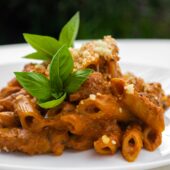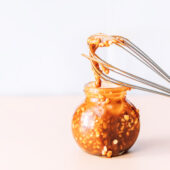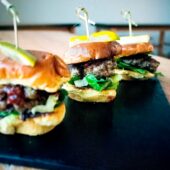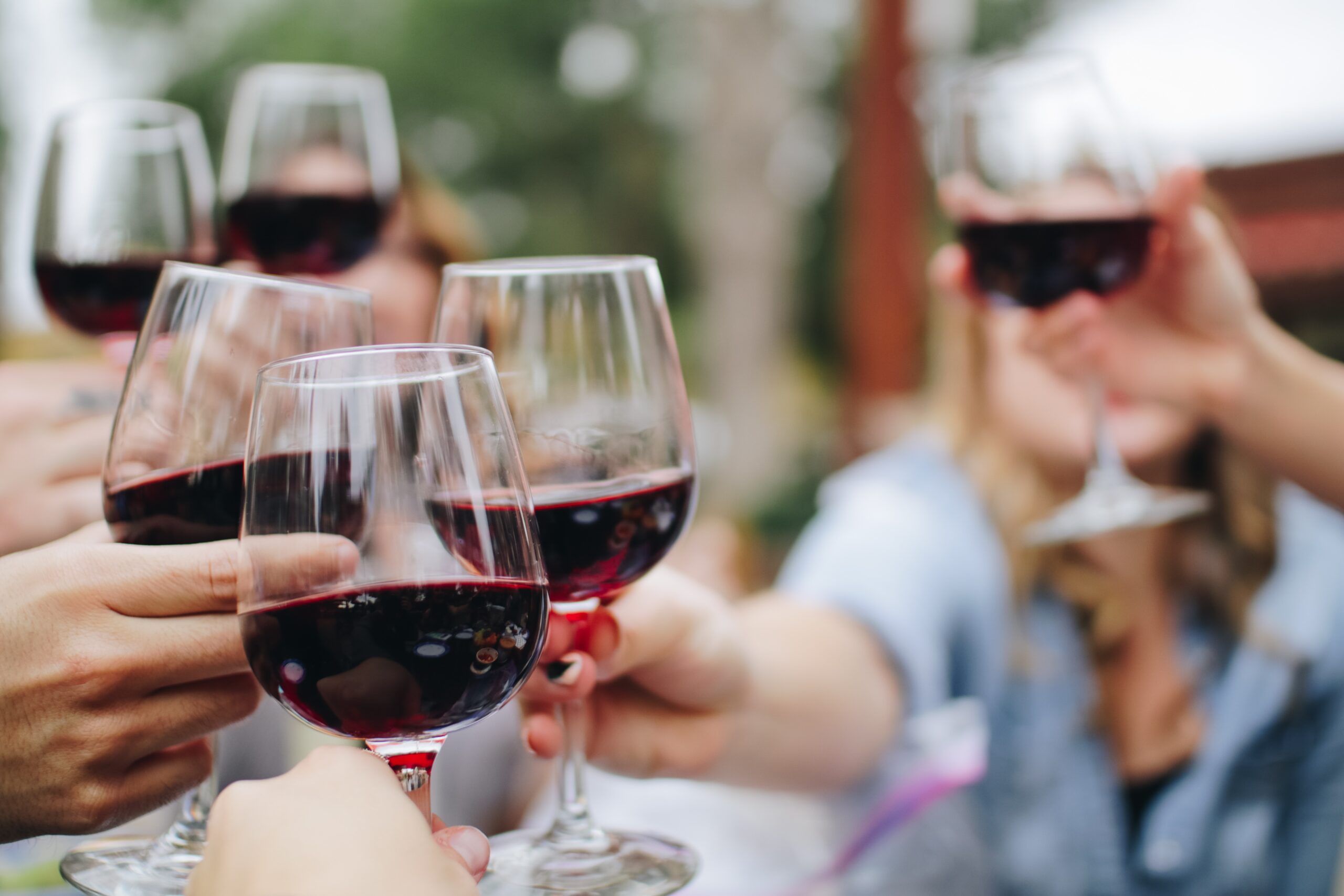
Wine is more than just a beverage; it’s an experience that engages all your senses. Whether you’re a seasoned wine connoisseur or a curious beginner, exploring the world of wine tasting and pairings can be a delightful journey.
The Basics of Wine Tasting
Wine tasting is an intricate process that involves more than just sipping and swallowing. It’s about engaging your senses to appreciate the nuances of each wine. Here’s a step-by-step guide to help you master the art of wine tasting:
- Sight: Begin by examining the wine’s color and clarity. Hold your glass up to a light source and observe the hue. White wines range from pale straw to deep gold, while red wines vary from translucent ruby to inky purple.
- Swirl: Gently swirl the wine in your glass to release its aromas. This action helps oxygenate the wine, which enhances its bouquet. Take note of any “legs” or “tears” on the glass, as they can provide insights into the wine’s viscosity.
- Smell: Put your nose into the glass and inhale the aromas. Identify various scents, ranging from fruits and flowers to spices and oak. The nose of a wine can reveal a lot about its character and quality.
- Taste: Take a small sip and let it coat your palate. Notice the wine’s flavors, acidity, sweetness, and tannins. Pay attention to how the wine evolves as it lingers in your mouth.
- Finish: The finish is the impression the wine leaves after you swallow. It can be short, medium, or long, revealing additional flavors or characteristics.
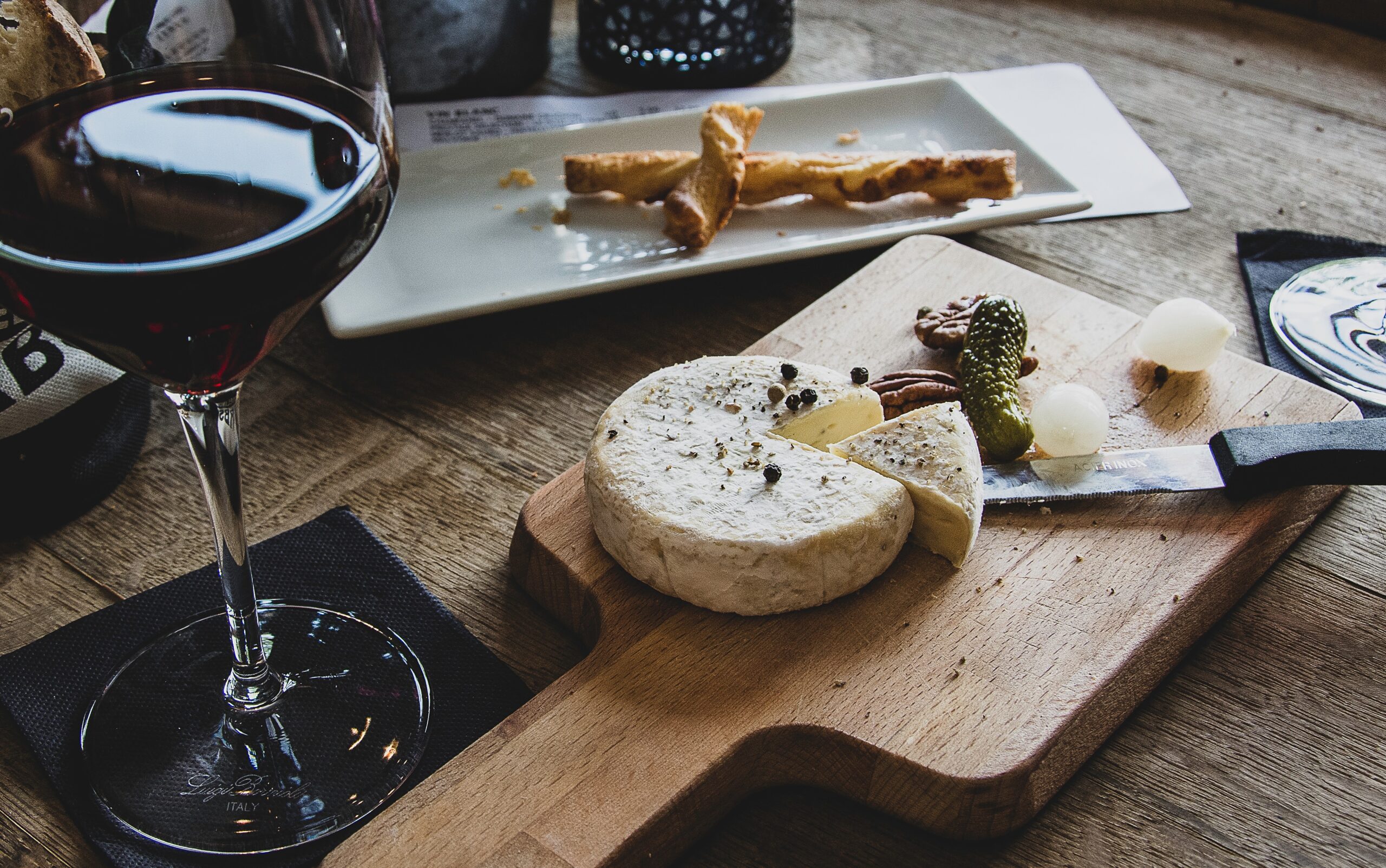
Pairing Wine with Food
Pairing wine with food is a culinary art that enhances the wine and the meal. The right pairing can elevate the dining experience to new heights. Here are some tips for creating perfect wine and food pairings:
- Match Intensity: Consider the intensity of the wine and the dish. Light wines, like Sauvignon Blanc, complement lighter fare, such as salads and seafood, while robust red wines, like Cabernet Sauvignon, pair well with hearty, red meat dishes.
- Balance Sweetness: Pair sweet wines, like Riesling, with spicy or salty foods to create a harmonious contrast. The wine’s sweetness can balance the dish’s heat or saltiness.
- Acidity Matters: High-acid wines like Chardonnay or Pinot Noir work well with acidic dishes like tomato-based pasta sauces. The acidity in both the wine and the food complements each other.
- Consider Regional Pairings: Many wines are best paired with dishes from the region in which they originate. For example, an Italian Chianti is a natural match for pasta with a tomato-based sauce.
- Experiment: Don’t be afraid to experiment with different pairings. The best pairings often come from personal preferences, so trust your palate and explore new combinations.
Wine tasting and pairing can be a truly enjoyable and educational experience. By mastering the basics of wine tasting and experimenting with food pairings, you’ll enhance your palate and create unforgettable moments with friends and loved ones. So, raise your glass and toast to the delightful world of wine!

